- info@naturebylennart.com

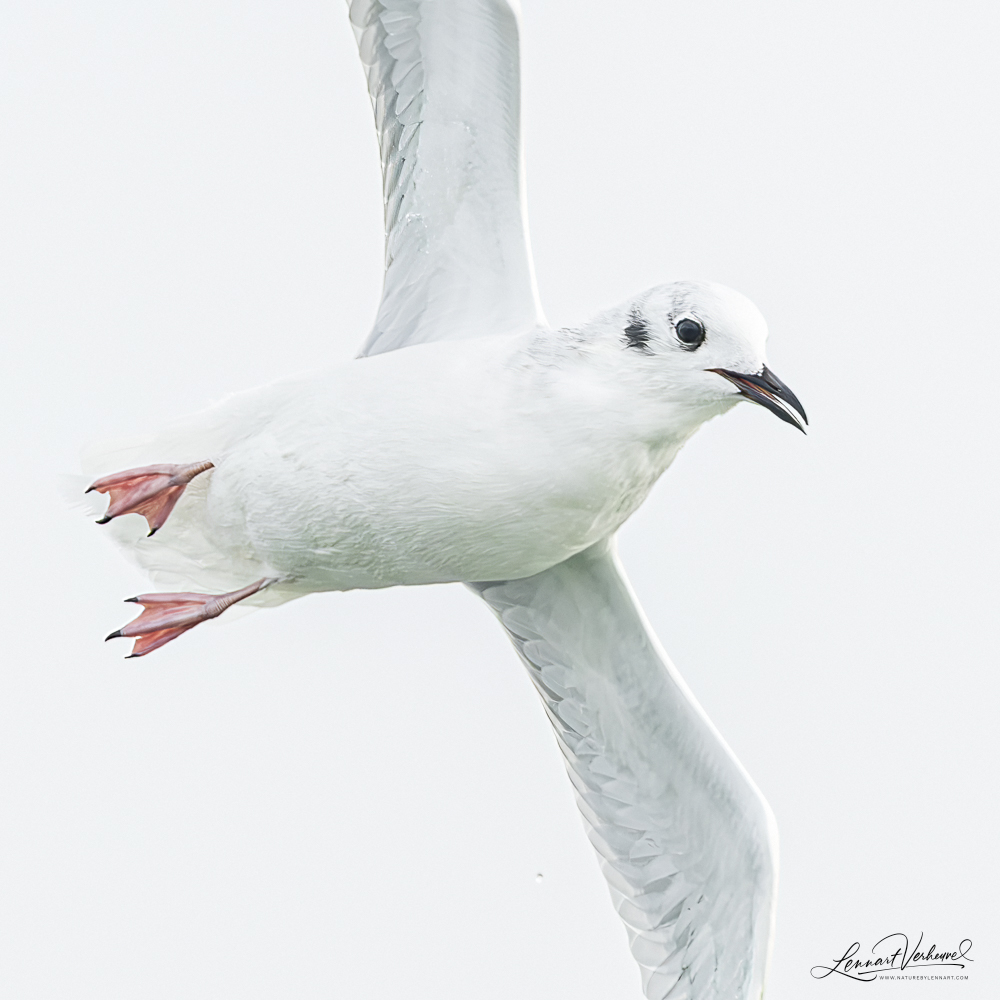
Fall is one of the most enjoyable times of the year for birdwatchers in the Netherlands. It is a long and gradual period, roughly spanning from the last two weeks of August until early November, during which new (scarce) species can be found every few weeks. Migration picks up again, temperatures start to drop, and birding becomes fun once more. Plenty of reasons to head outside!
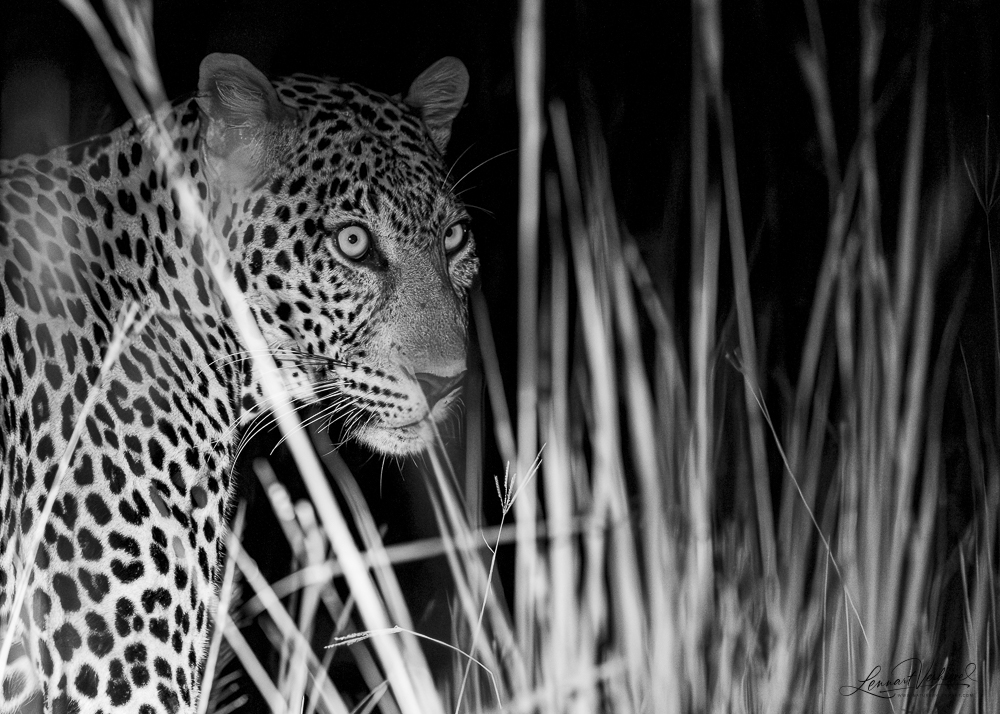
The last place I’ll be writing a separate report about is Murchison Falls National Park. Uganda offers the best of both worlds with excellent rainforest and also excellent savanna where the more typical African animals can be found such as Lions, Giraffes, Elephants and so forth. During our trip, we visited several typical savanna parks, including Lake Mburo, Queen Elizabeth National Park, and finally Kidepo National Park. Personally, I thought Murchison Falls was the most beautiful location of the four, which is why the post will focus on this park. Of course I can’t help, but name a few of the highlights from the other parks as well!
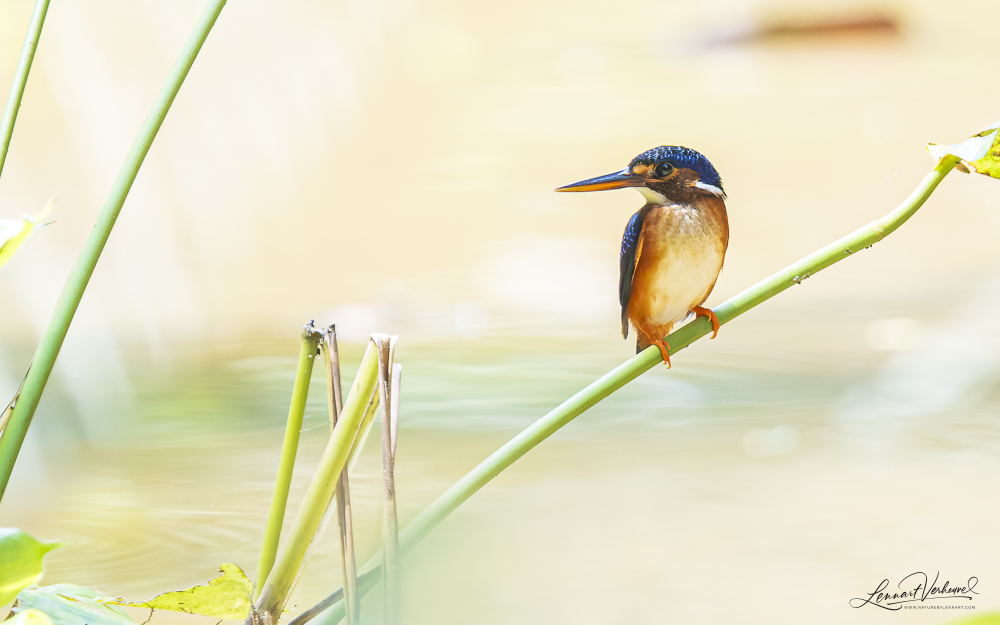
In the summer of 2025, I spent three weeks traveling through Uganda. Some of the most remarkable days or sightings from this trip I’m writing out in separate blog posts with plenty of photos. This time it’s Semliki’s turn!
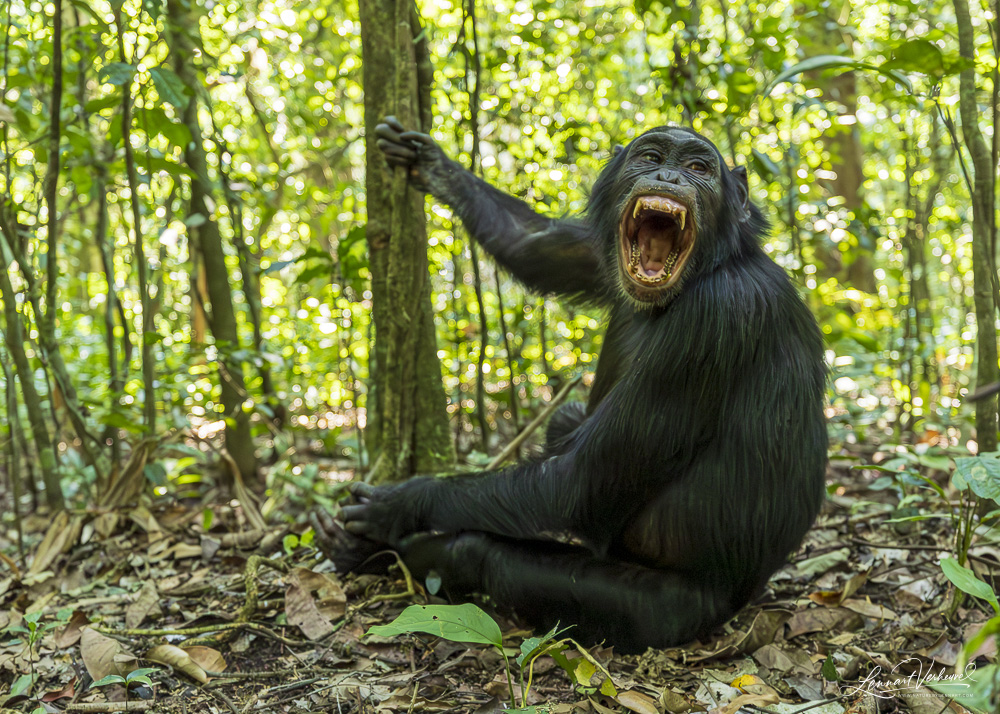
The Chimp Trek feels a bit like the natural counterpart to the Gorilla Trek in Uganda. The parallels are easy to see: both animals belong to the so-called great apes, and in both cases they are habituated to people. No binoculars required!
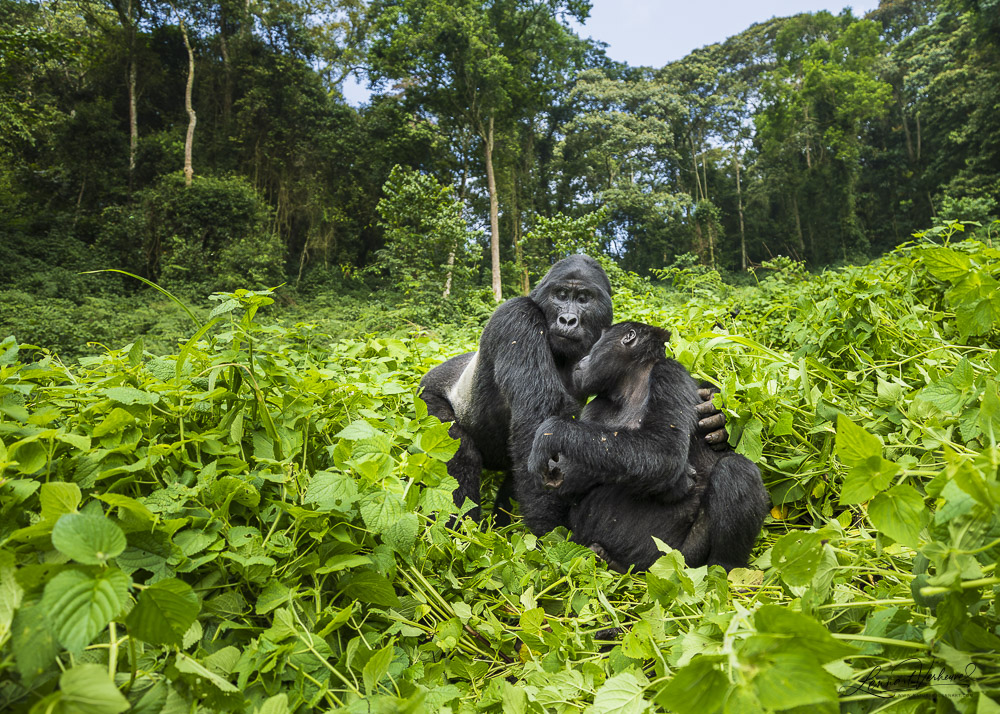
Some of my trips revolve around finding one very specific species. For example, when I traveled to China, my main goal was to see the Giant Panda. We invested two full weeks in the search, and fortunately, that effort paid off! On other trips, the focus isn’t always on a single species but rather on seeing as many birds or mammals as possible. In Uganda, it was clear from the very beginning that the main goal of our group was to see as many bird species as we could.
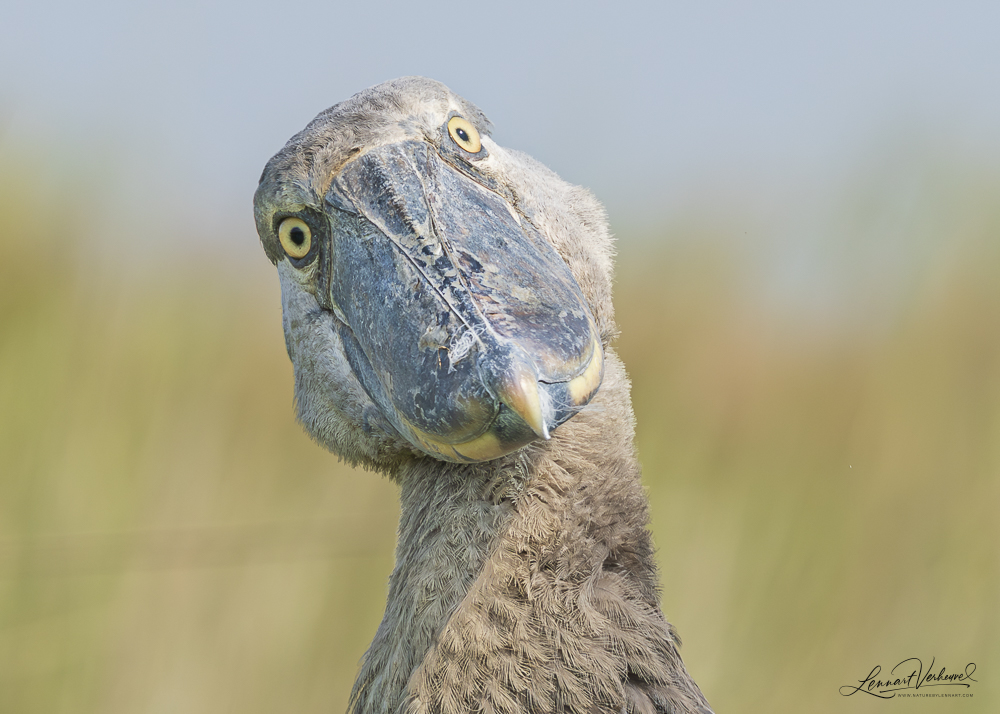
Uganda – a country I always knew I would visit one day! Not only is this the place where you can see Gorillas and Chimpanzees up close, but it also has so much more to offer. The trip I took in the summer of 2025 was mainly focused on seeing as many bird species as possible. Personally, I’ve long accepted that I won’t end up with the world’s biggest bird list, since I also love dedicating time to other animals. My personal “must-see” bird list was therefore quite short. But there was no doubt which one stood at the very top: the Shoebill.
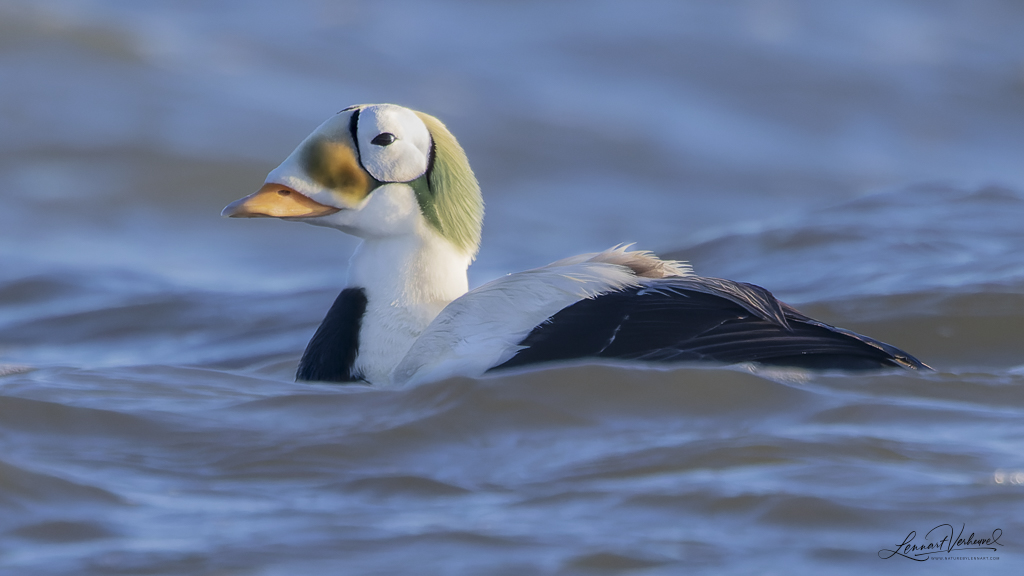
The world knows only four species of eider. These ducks are found exclusively in the Northern Hemisphere and are specialized for life at sea. The Steller’s eider is an odd one out because it’s suspected to have originated from hybridization between the common eider and the long-tailed duck. I saw this species last year on the island of Saaremaa in Estonia. I’ve also seen the king eider multiple times, most beautifully on Spitsbergen in 2016. I even had the chance to admire this stunning duck in the Netherlands. The common eider is easily found in the right places in the Netherlands, and I see this species several times a year.